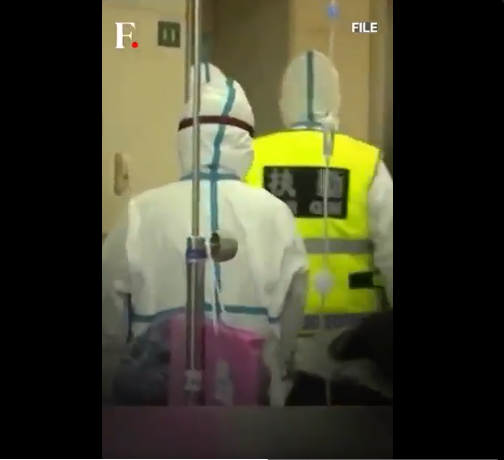China is currently experiencing a surge in human metapneumovirus (HMPV) infections, a respiratory virus that leads to symptoms akin to the common cold or flu.
This increase has resulted in crowded hospitals and a rise in respiratory illnesses, particularly among children under 14 in the northern provinces.
Health authorities emphasize that such surges are typical during winter months and advise the public not to panic.
HMPV was first identified in 2001 and primarily spreads through respiratory droplets from coughing or sneezing, as well as contact with contaminated surfaces.
Symptoms include cough, fever, nasal congestion, and fatigue, with more severe cases potentially leading to bronchitis or pneumonia, especially in young children, the elderly, and individuals with weakened immune systems. Currently, there is no vaccine for HMPV; treatment focuses on alleviating symptoms.
In response to the outbreak, Chinese health officials have implemented emergency measures to monitor and manage the virus’s spread.
Neighboring countries are observing the situation but have not issued any travel advisories or raised significant concerns. The World Health Organization has not declared the outbreak a global health emergency.
Authorities recommend standard preventive measures, such as regular handwashing, wearing masks in crowded places, and avoiding close contact with infected individuals, to reduce transmission risk.
Kaeni rada.
— Mike Sonko (@MikeSonko) January 4, 2025
*LOCKDOWN LOOMING*
China is facing a new virus outbreak with the Human Metapneumovirus (HMPV) spreading rapidly, causing flu-like and COVID-19-like symptoms prompting people to wear face masks again. pic.twitter.com/IOGn0Qvw3A


